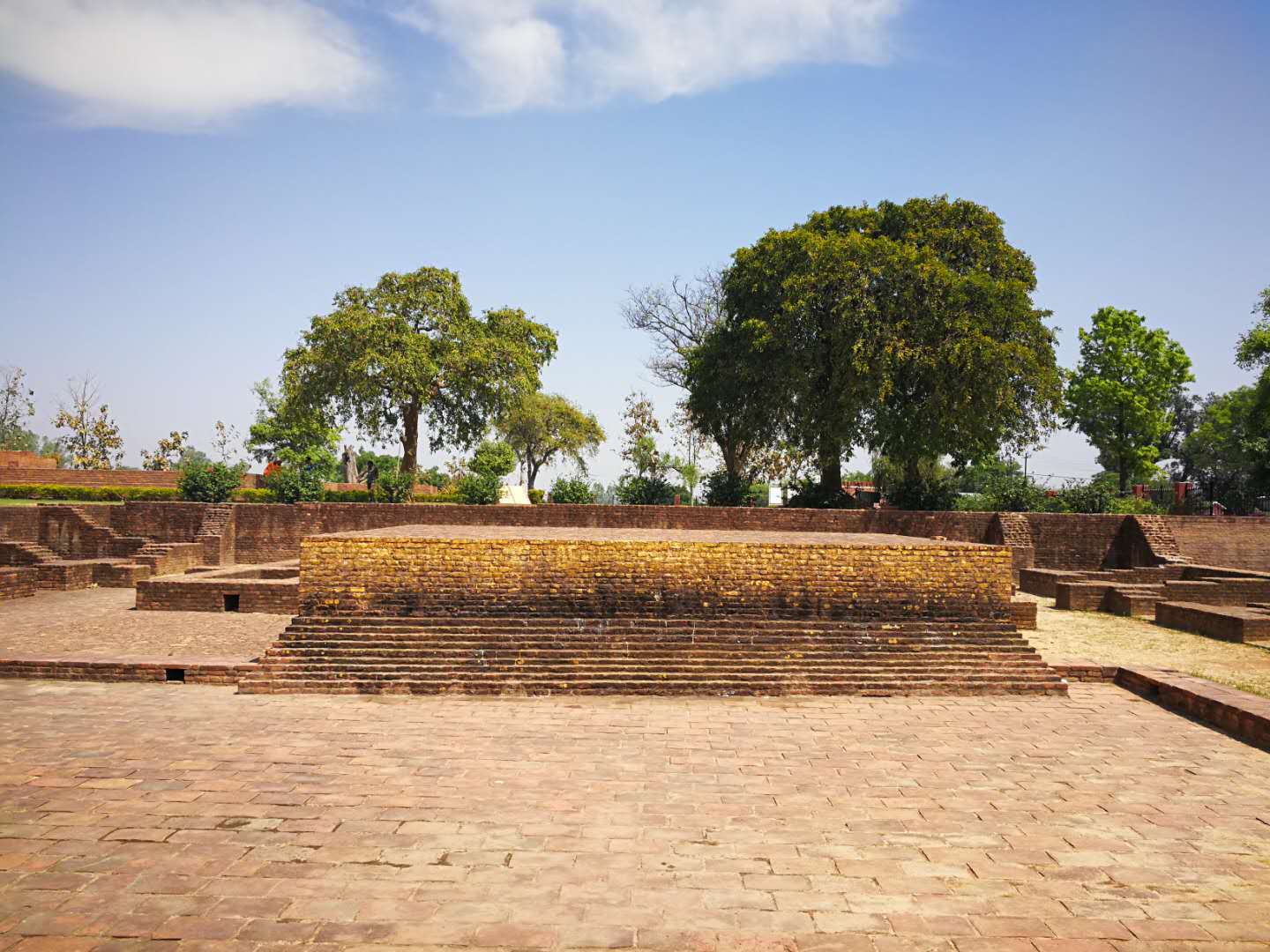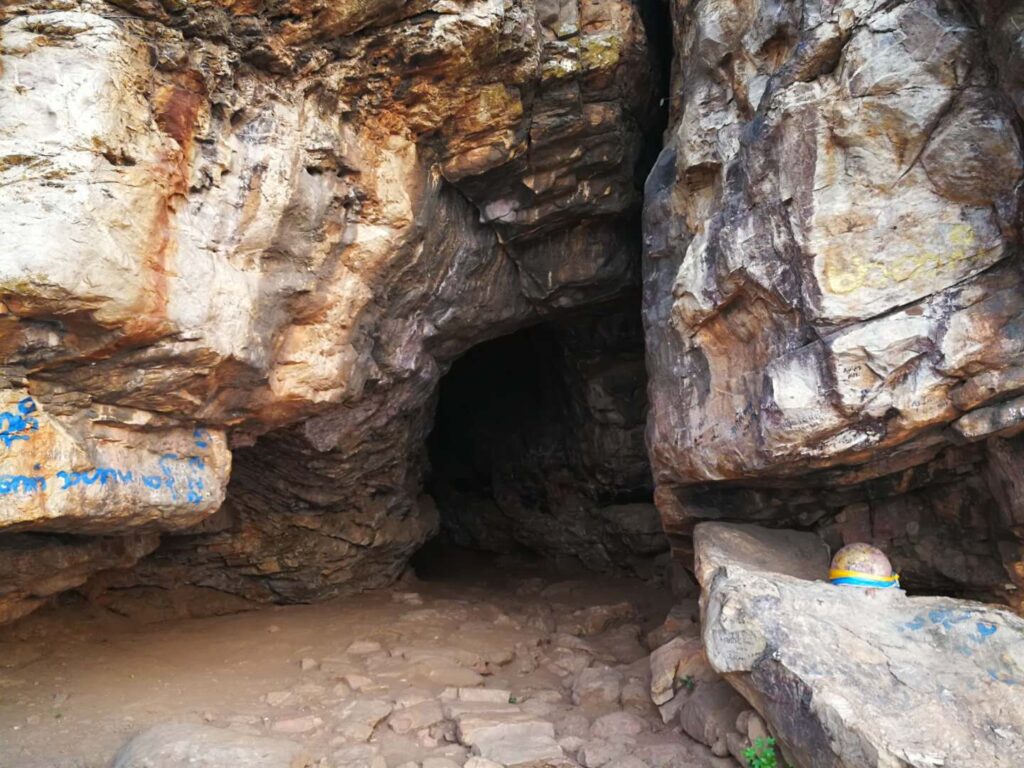Nancy‘s Books
Click the Picture to Read More
Click the Picture to Read More
Read More
Jetavana was one of the most famous of the Buddhist monasteries or viharas in India (present-day Uttar Pradesh). It was the second vihara donated to Gautama Buddha after the Venuvana in Rajgir.
Jetavana was the place where the Buddha gave the majority of his teachings and discourses, having stayed at Jetavana nineteen out of 45 vassas, more than in any other monastery.It is said that after the Migāramātupāsāda, a second vihara erected at Pubbarama close to Savatthi was built by the Buddha’s chief female lay disciple, Visakha, the Buddha would dwell alternately between Jetavana and Migāramātupāsāda, often spending the day in one and the night in the other.

Donation of Jetavana. Anathapindika covers Jetavana with coins (Bharhut). Following Anathapindika’s first encounter with the Buddha, he requested to offer him a meal, which the Buddha accepted, and then asked to build a temple for him and his monks in his hometown of Savatthi, to which the Buddha agreed.
Shortly after, Anathapindika went back to Savatthi to search for a place to build the monastery. Looking for a place that was both accessible to followers and peacefully secluded, he came across a park belonging to Prince Jeta, the son of King Pasenadi of Kosala. Anathapindika offered to buy the park from the prince but the prince refused, after Anathapindika persisted, the prince joking said he will sell him the park if he covers it with gold coins, to which Anathapindika agreed.
Read More
Lumbinī is a Buddhist pilgrimage site in the Rupandehi District of Lumbini Province in Nepal. It is the place where, according to Buddhist tradition, Queen Mahamayadevi gave birth to Siddhartha Gautama at around 563 BCE. Gautama, who, according to Buddhist tradition, achieved Enlightenment some time around 528 BCE, became the Buddha and founded Buddhism. Lumbini is one of many magnets for pilgrimage that sprang up in places pivotal to the life of the Buddha.

the Puskarini, or Holy Pond, where the Buddha’s mother took the ritual dip prior to his birth and where he had his first bath. At other sites near Lumbini, earlier Buddhas were, according to tradition, born, then achieved ultimate Enlightenment and finally relinquished their earthly forms.
Read More
Kushinagar is a district of the state of Uttar Pradesh in India situated in the easternmost part of the state. It has the administrative headquarters at Ravindra Nagar Dhoos. The district is named such after the town Kushinagar, a Buddhist pilgrimage site where Gautama Buddha attained parinirvana in the 5th century BCE.

Location of Gautama Buddha’s parinirvana. In 1896, Waddell suggested that the site of the parinirvana of Gautama Buddha was in the region of Rampurva.However, according to the Mahāyāna Mahāparinirvāṇa Sūtra, the Buddha made his journey to Kushinagar, died there, and this is where he was cremated. It is believed that during his last day he walked into the groves of trees near the city and rejoiced at the blossoms of sala trees (Shorea robusta) before laying himself to rest.
Read More
Saptparni Cave, also referred to as Sapta parni guha, literally Seven-leaves-cave (cognate with sapta, sept), is a Buddhist cave site about 2 kilometres (1.2 mi) southwest from Rajgir, Bihar, India. It is embedded in a hill. The Saptaparni Cave is important in the Buddhist tradition, because many believe it to be the site in which Buddha spent some time before his death, and where the first Buddhist council was held after Buddha died (paranirvana). It is here that a council of few hundred monks decided to appoint Ananda, Buddha’s cousin, and Upali, who had accompanied the Buddha when he gave sermons in north India, to compose Buddha’s teachings for the future generations. This was of special importance because the Buddha never wrote down his teachings. After the meeting in Saptaparni Cave, Ananda created an oral tradition of Buddha’s teaching from his memory, prefacing it with “Thus have I heard on one occasion”.

The Saptaparni Cave is important in the Buddhist tradition, because many believe it to be the site in which Buddha spent some time before his death, and where the first Buddhist council was held after Buddha died (paranirvana). It is here that a council of a few hundred monks decided to appoint Ananda (Buddha’s cousin) and Upali, believed to have a good memory and who had accompanied the Buddha when he gave sermons in north India, to compose Buddha’s teachings for the future generations.
Read More